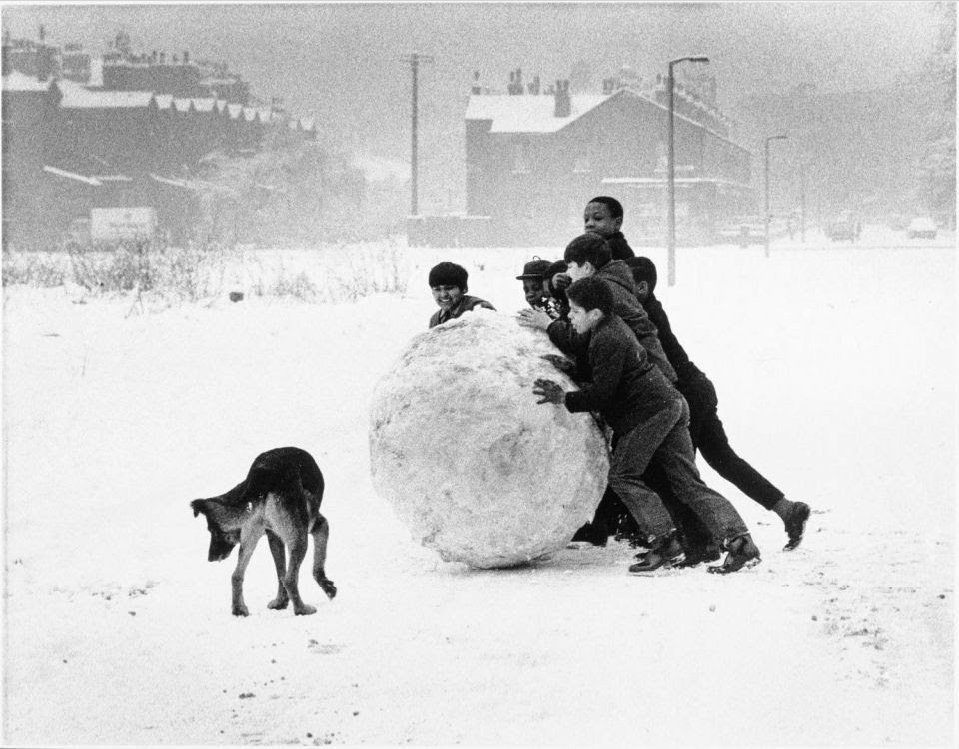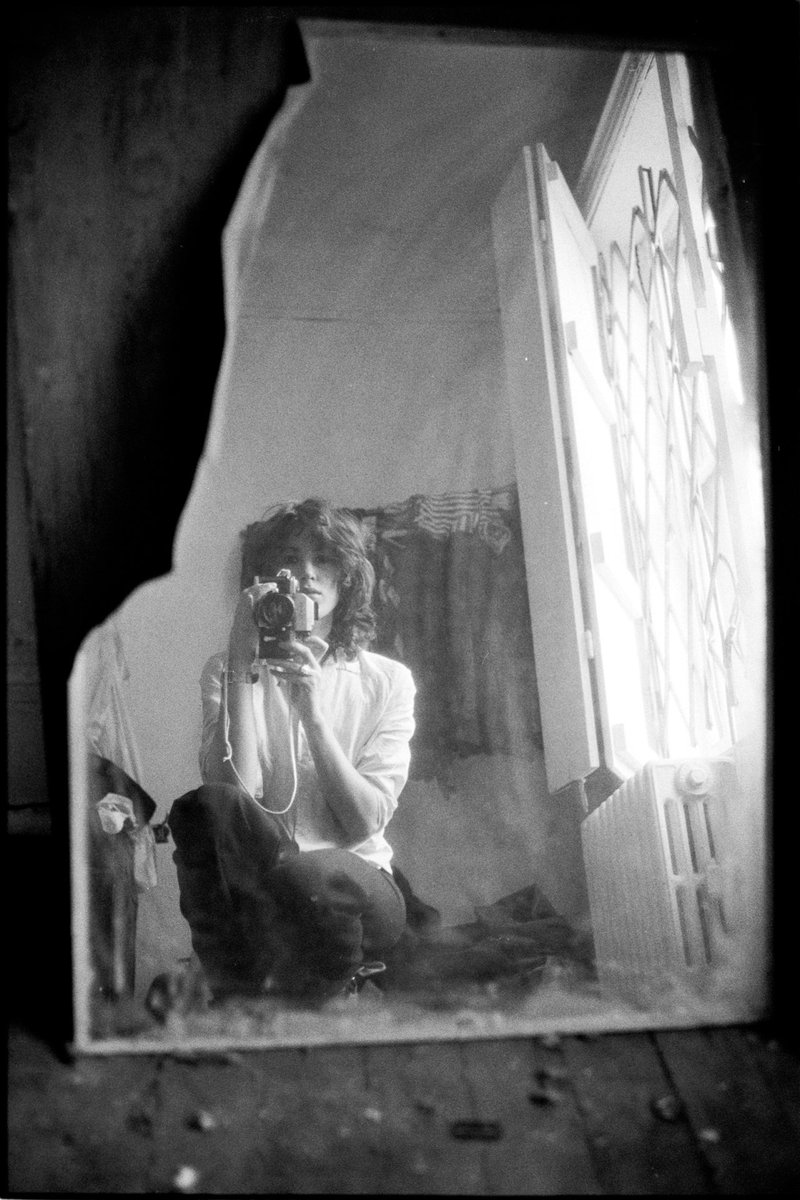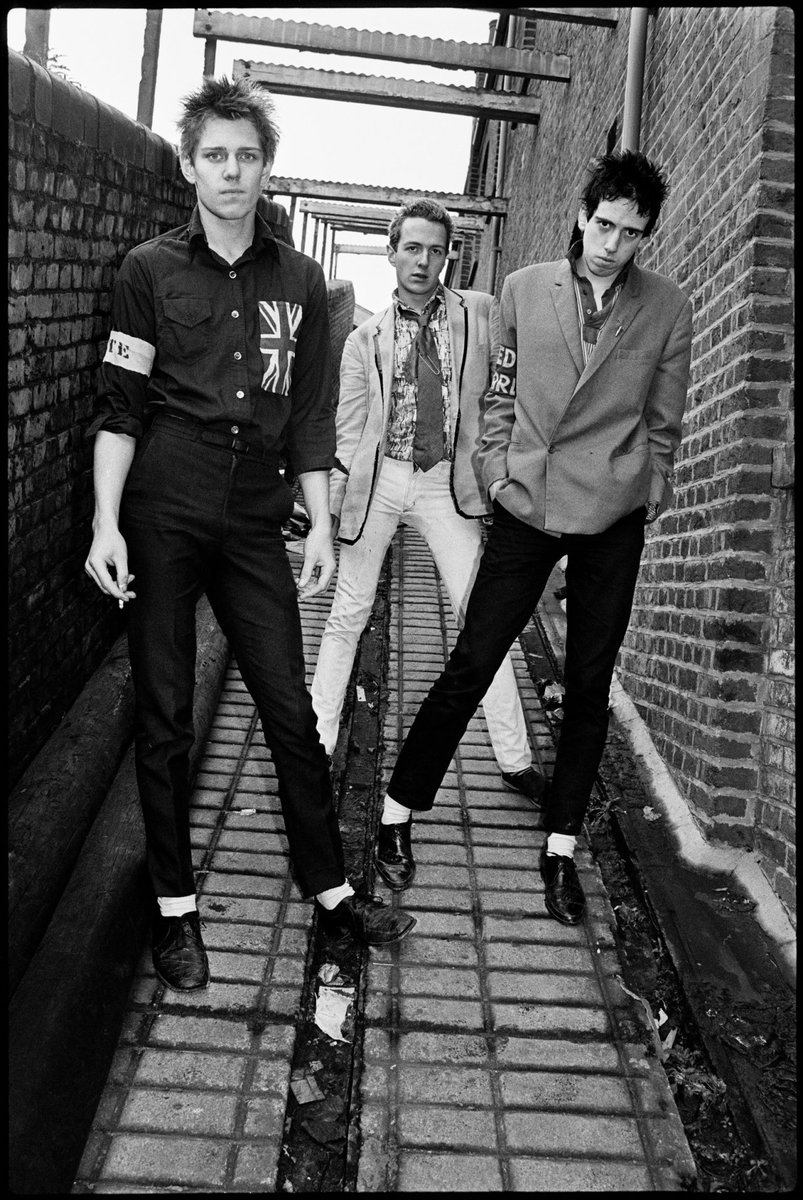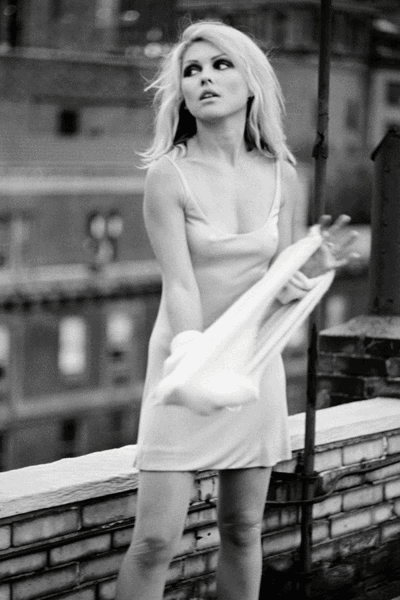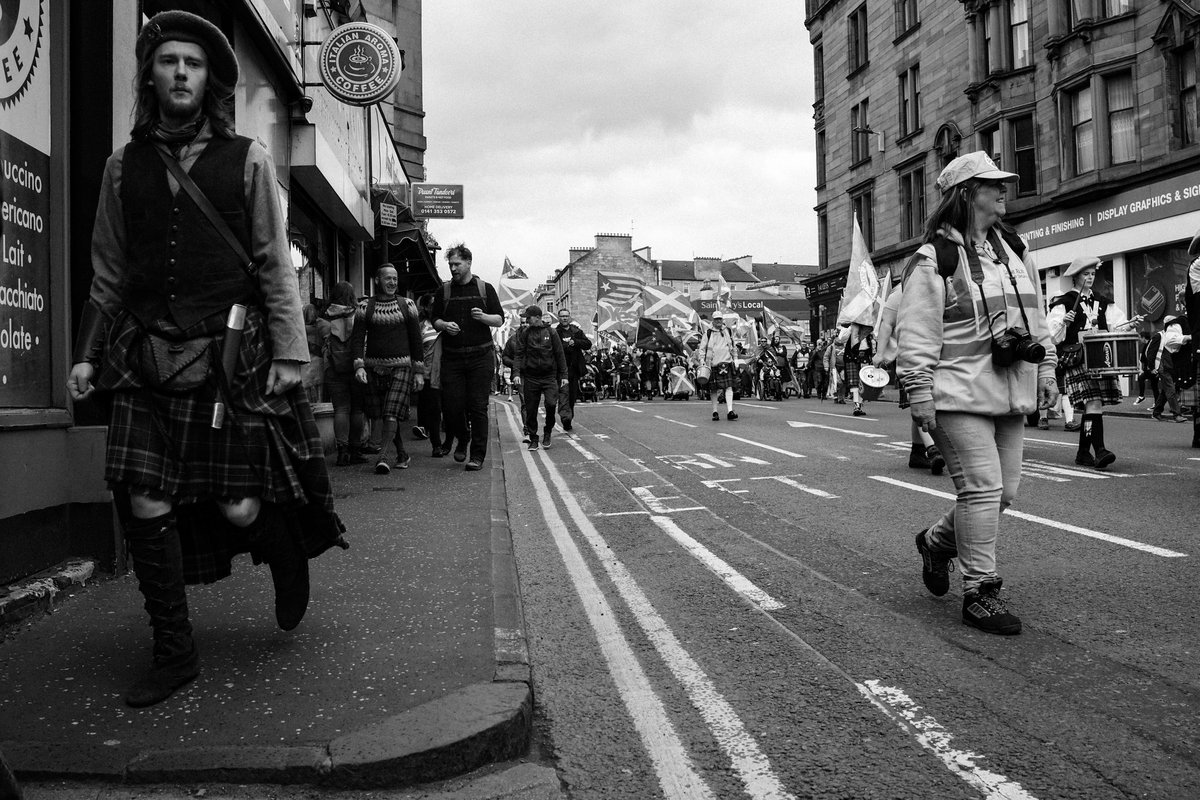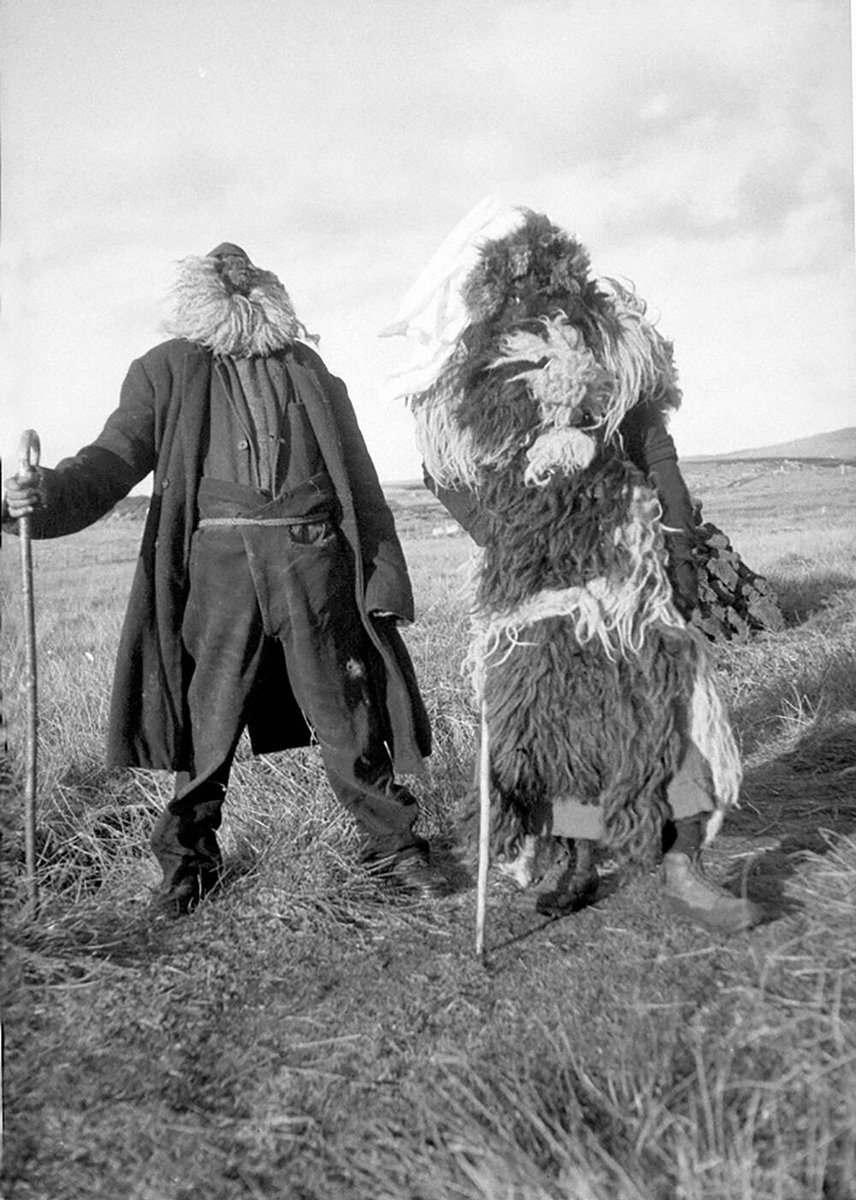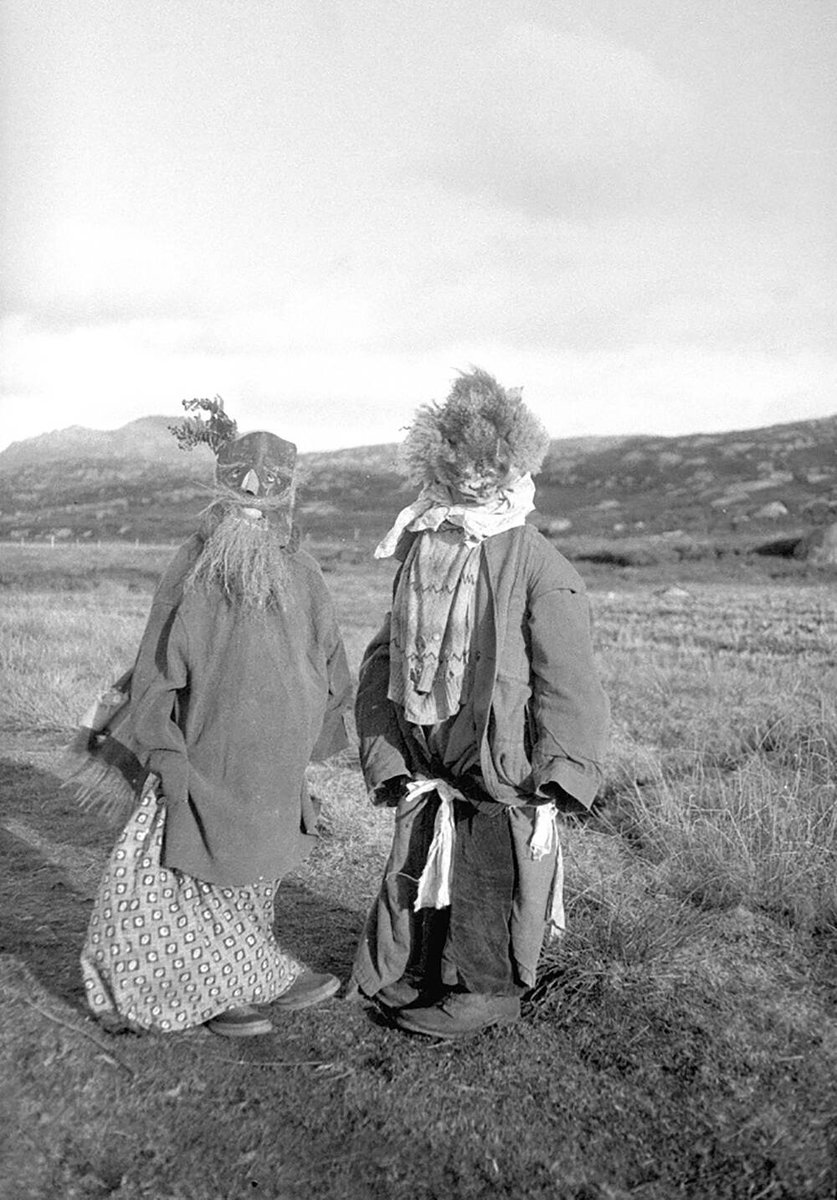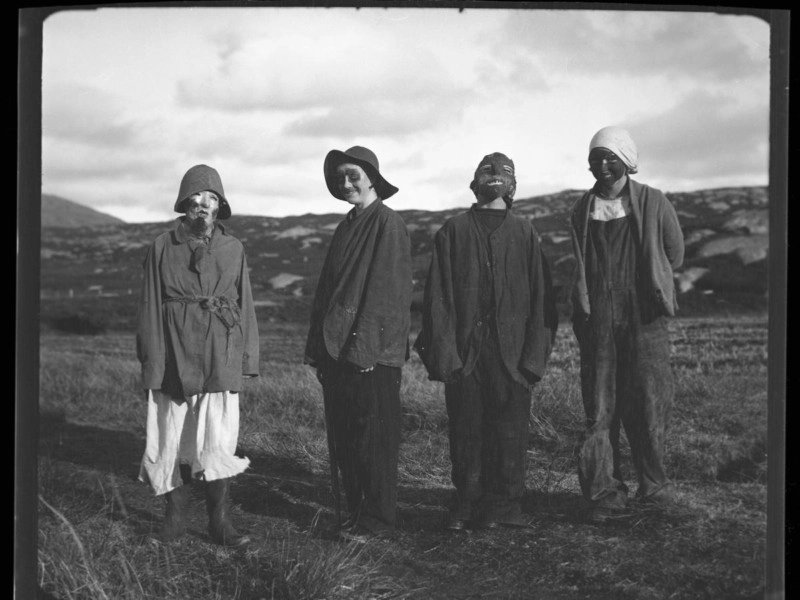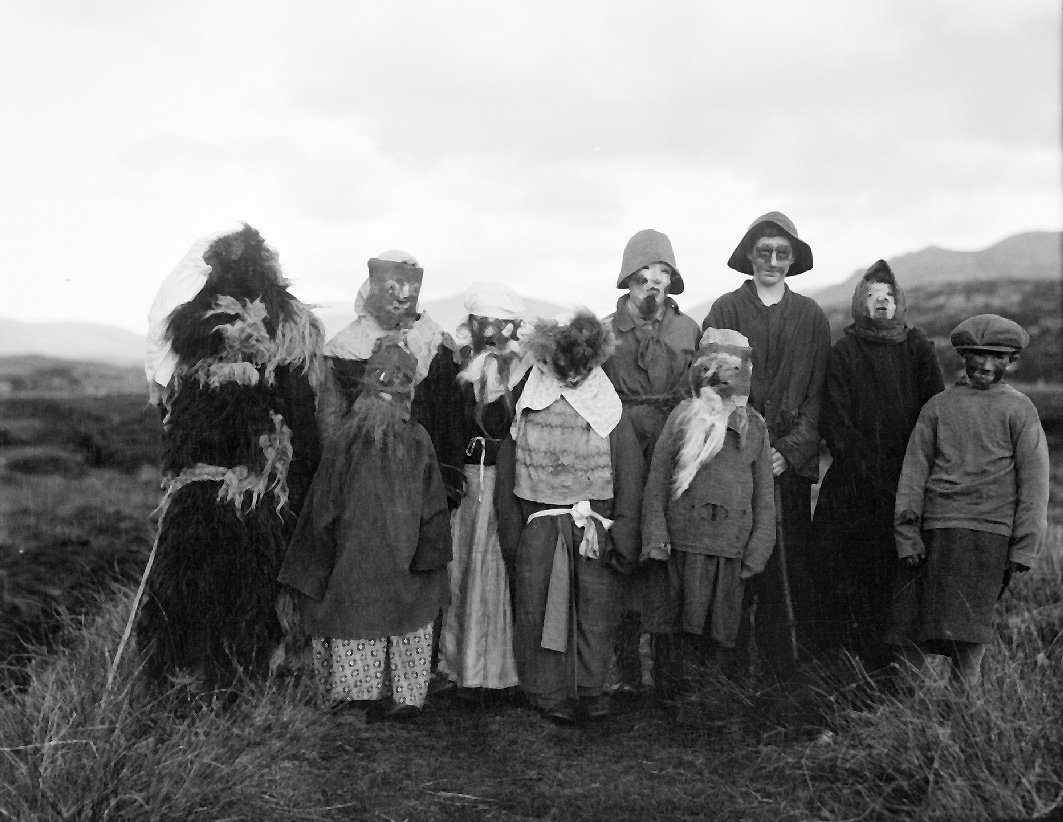'Hufelandstrasse, 1055 Berlin' is Harf Zimmermann’s 1986–87 series of portraits of the people and places of Hufelandstrasse, a bustling neighborhood street in the heart of Berlin. 



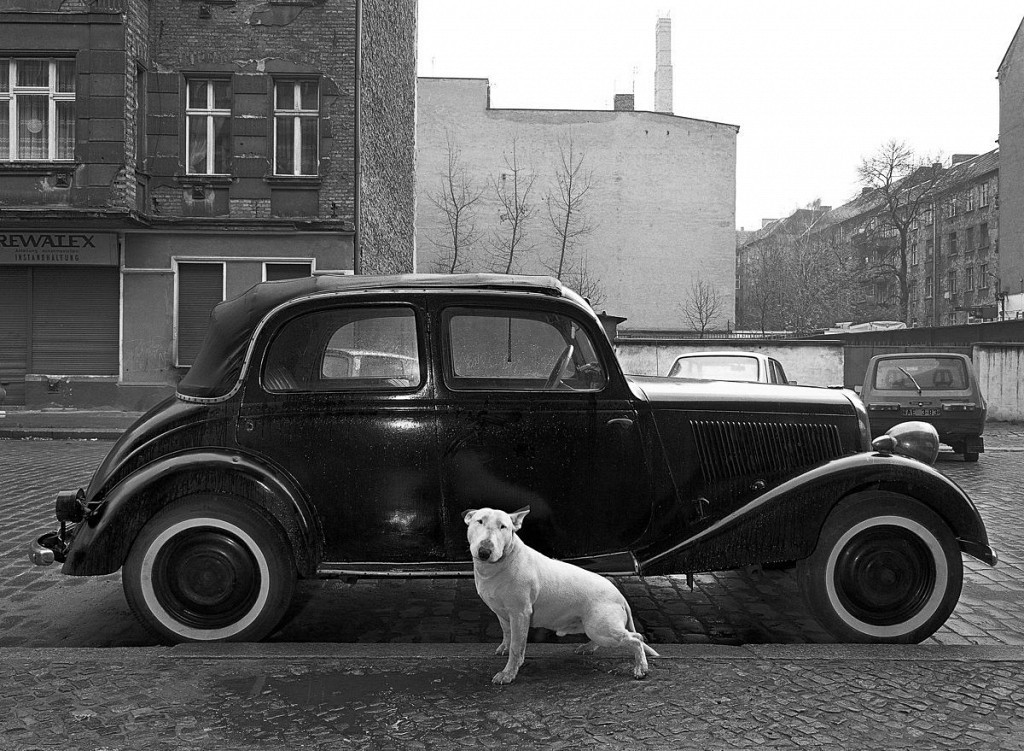

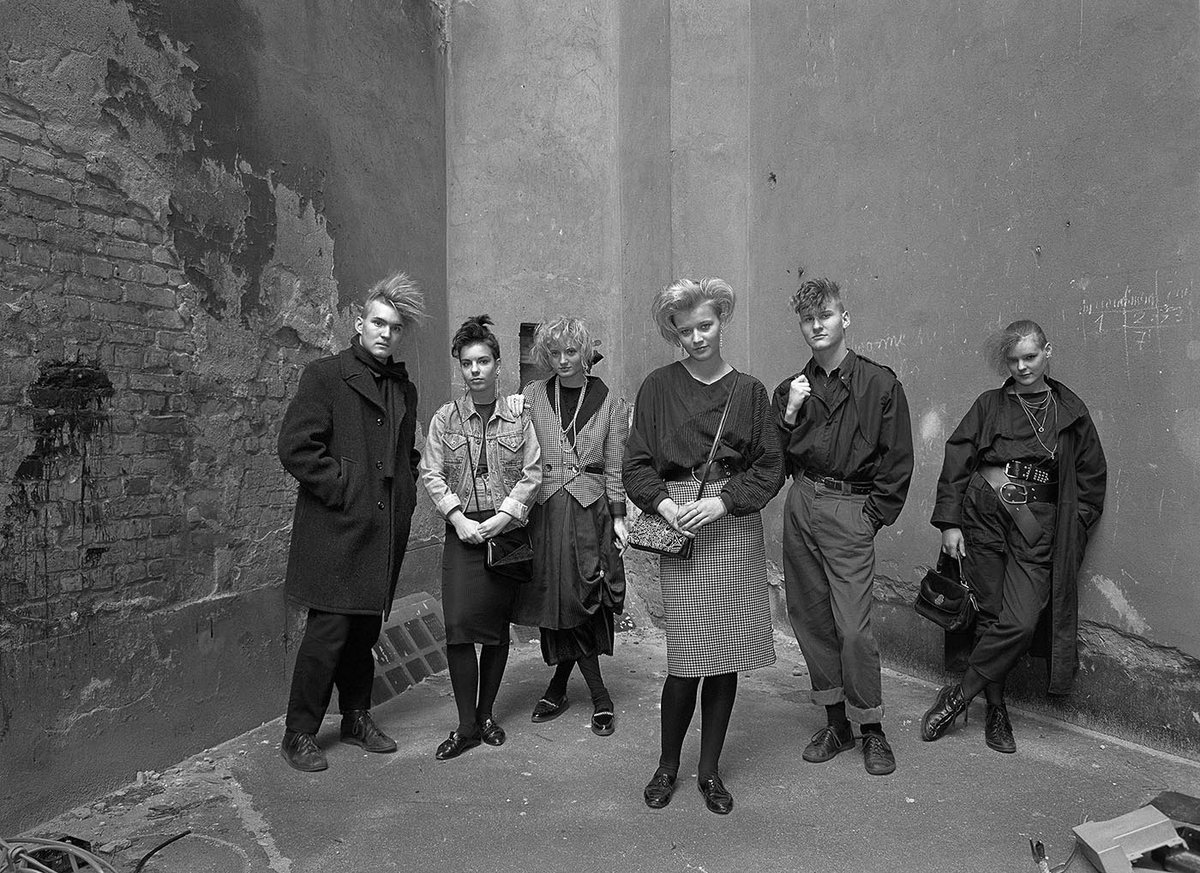

For over a year, Zimmermann photographed almost daily on the street with his large-format camera, asking shop-owners and residents if he could take their picture. Hufelandstrasse was then home to a varied cross-section of citizens of the German Democratic Republic 



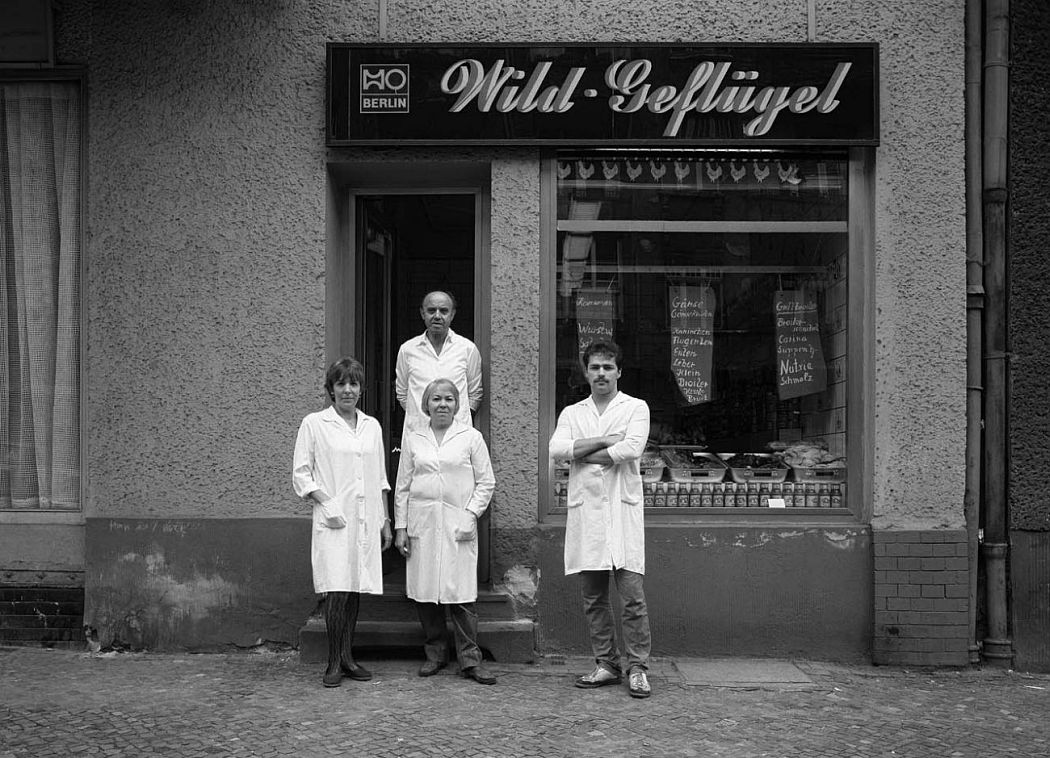


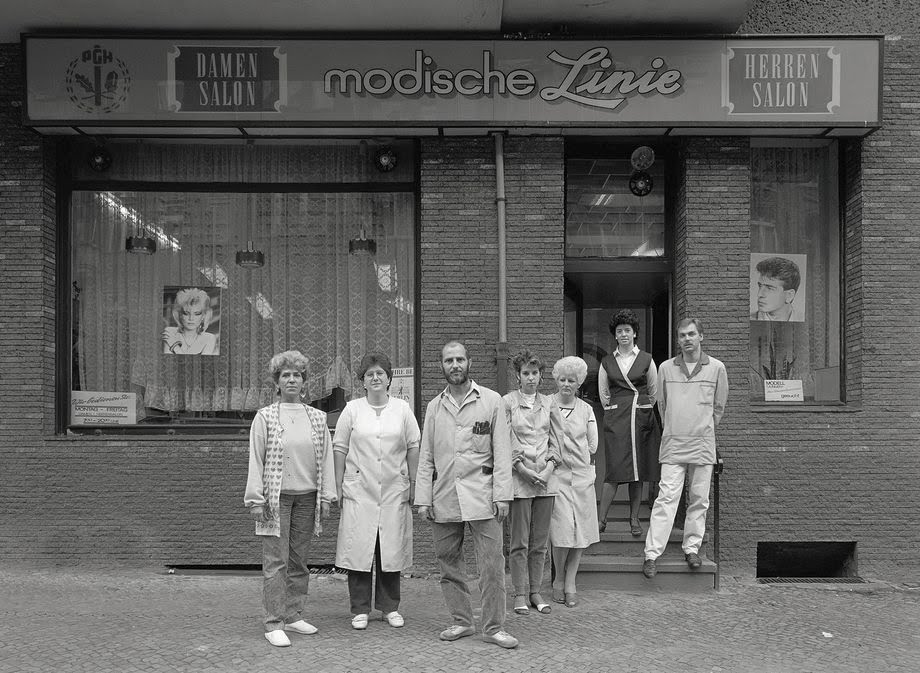
Everyone seemed to feel connected to the place and responsible for it, to be acting in tacit consensus and always working to save the diversity of their island from the sea of gray for as long as possible - Harf Zimmermann 





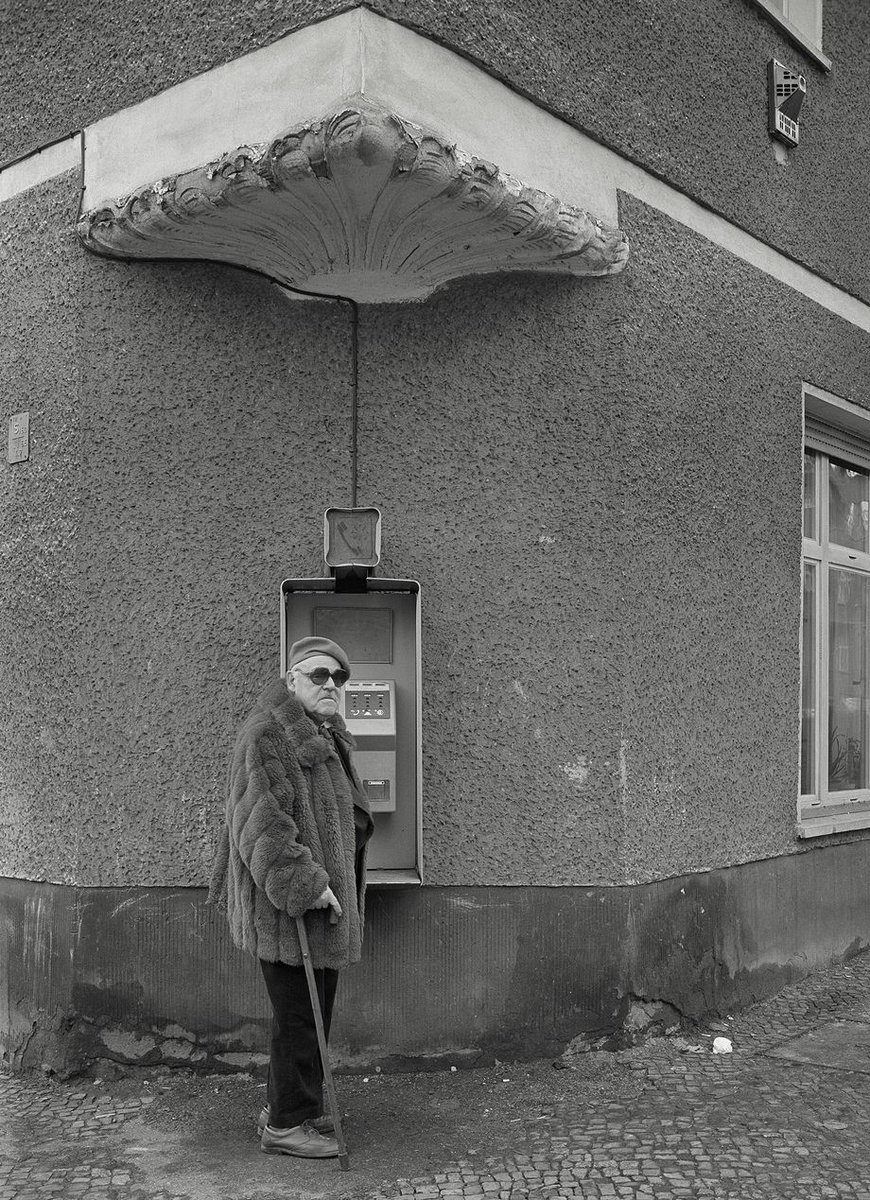
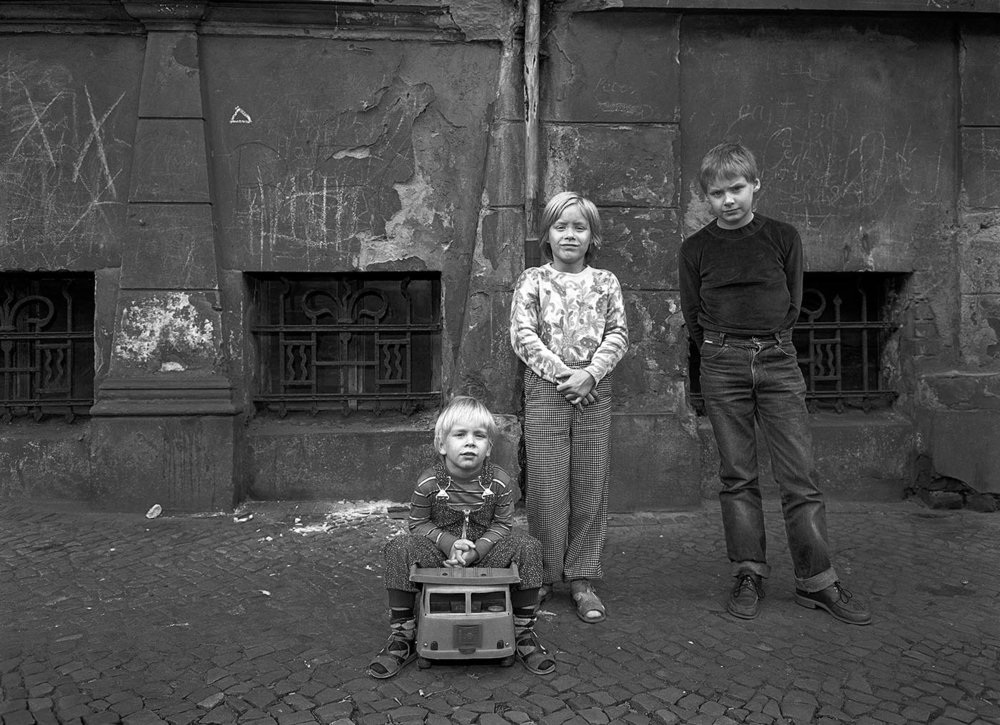
Inspired by Bruce Davidson’s East 100th Street, his radical depiction of life on a block in East Harlem, Zimmermann set about documenting Hufelandstrasse where he also lived at the time. 



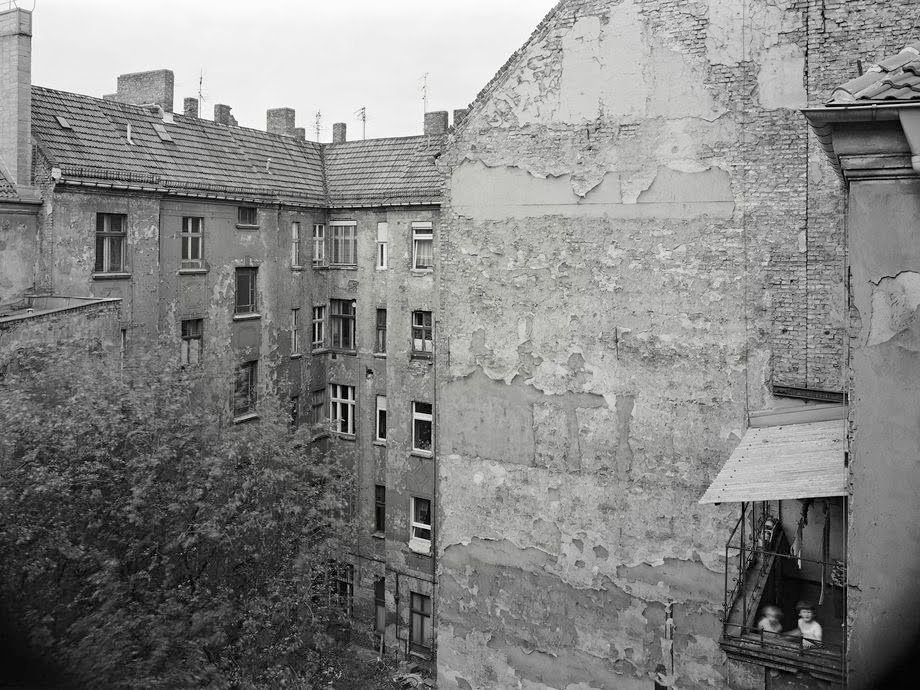
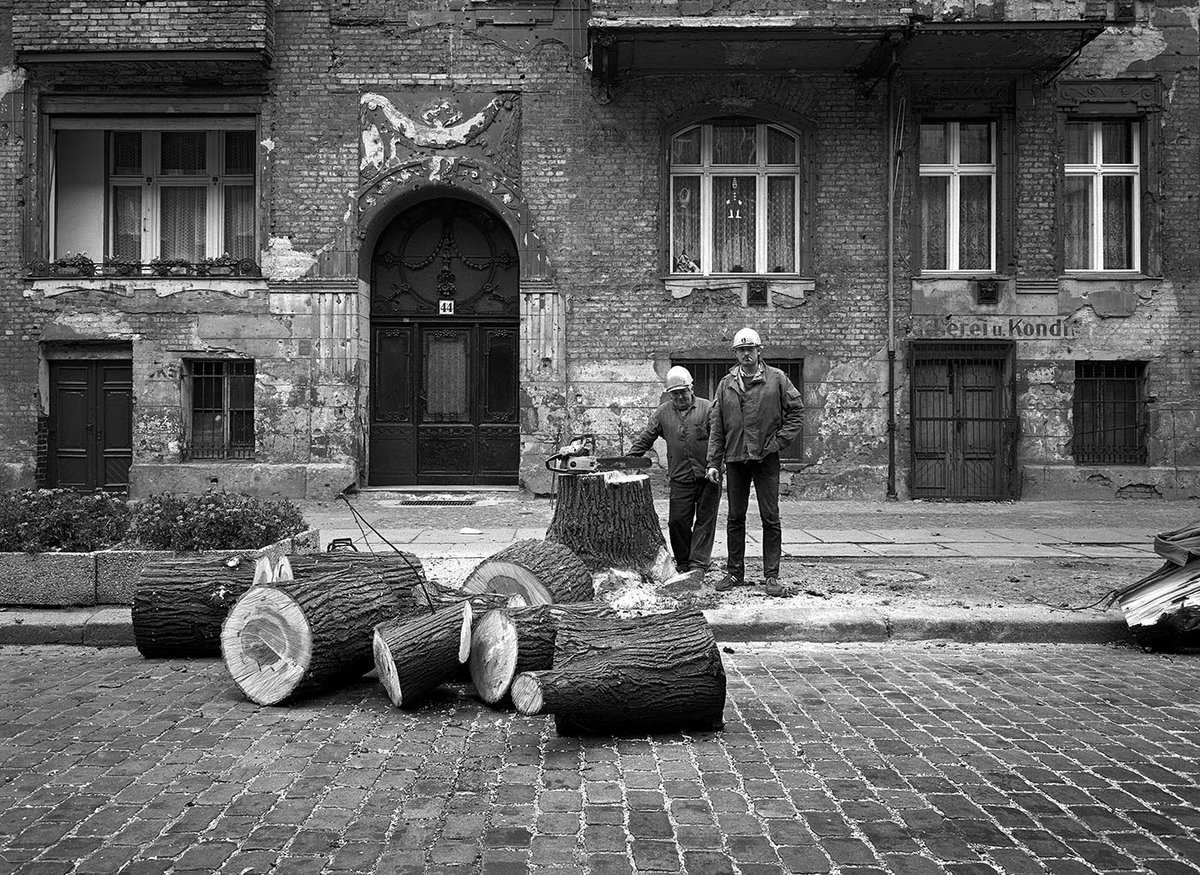


As well as families, he concentrated on stores and workshops―from bakeries and cobblers, to a pet shop and even an atelier for repairing women’s stockings ― an uncanny concentration of private business which had otherwise been fazed out by the communist state. 



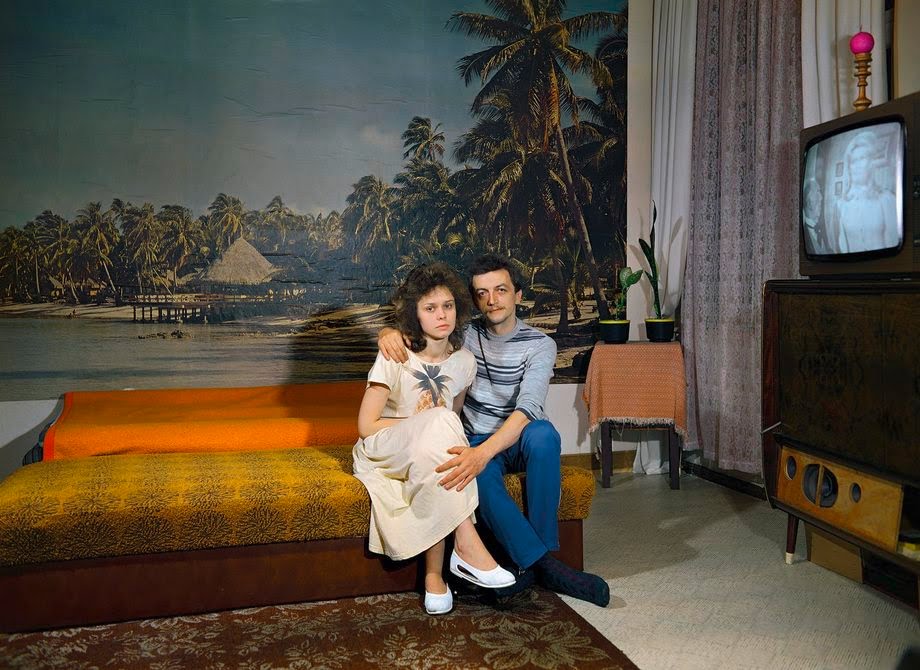
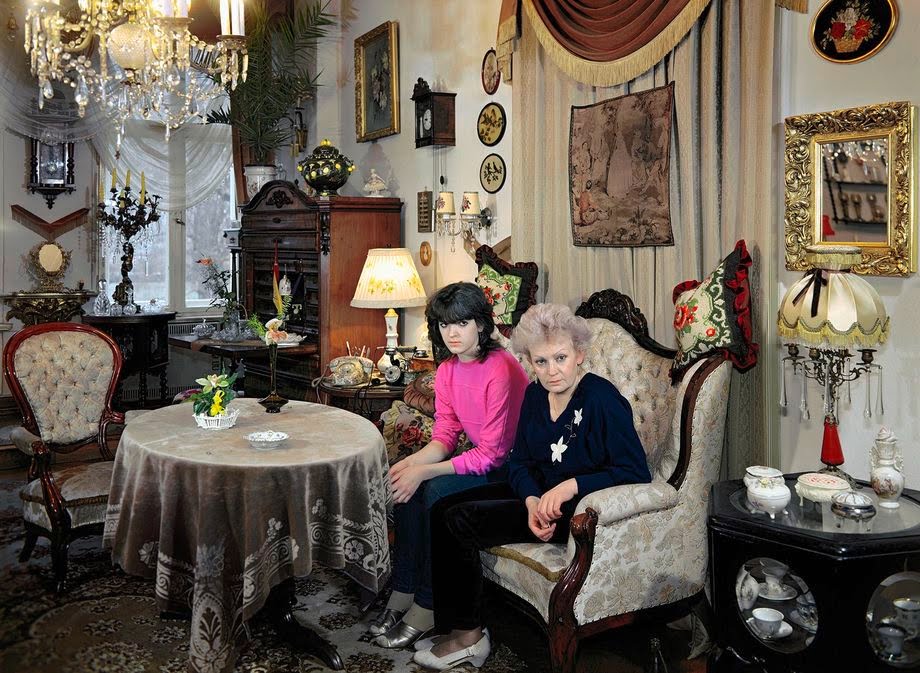
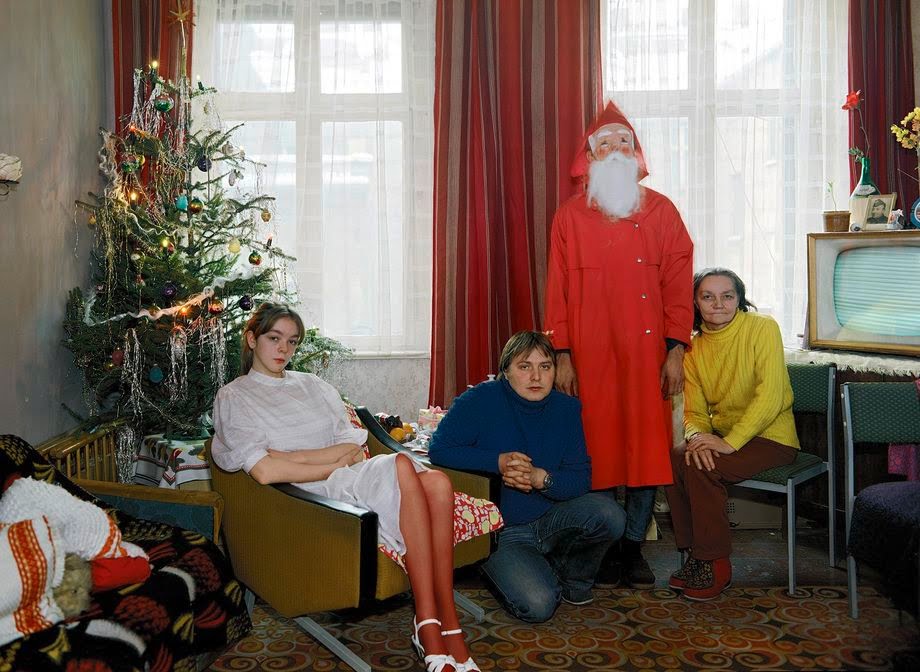
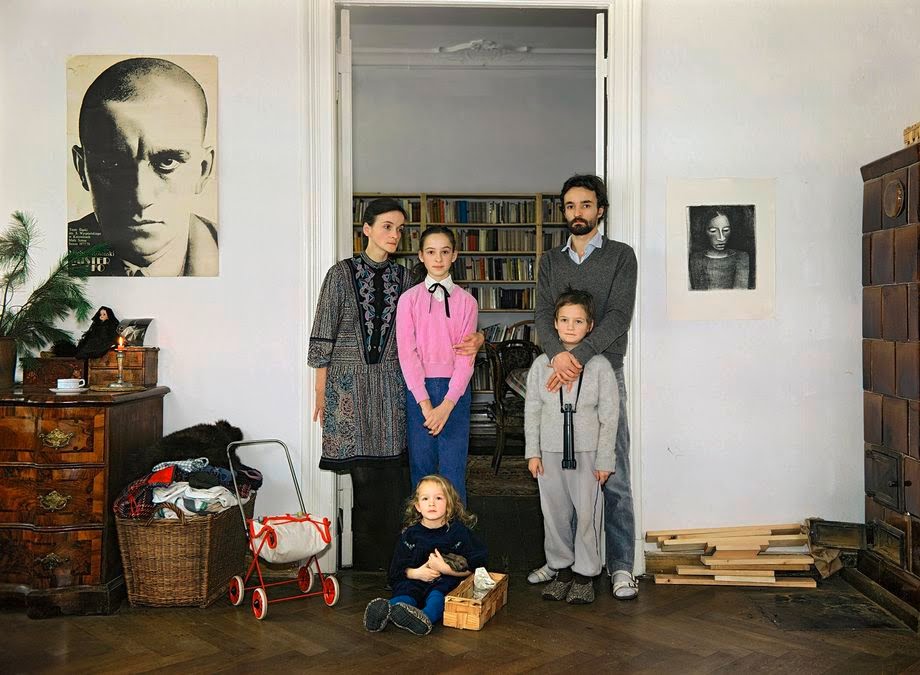
"During the decline of the German Democratic Republic I felt like a final witness who was able to capture everything for the last time, before it would disappear forever. I spent the days on the street with my plate camera, and nights in my kitchen darkroom" - Harf Zimmermann 

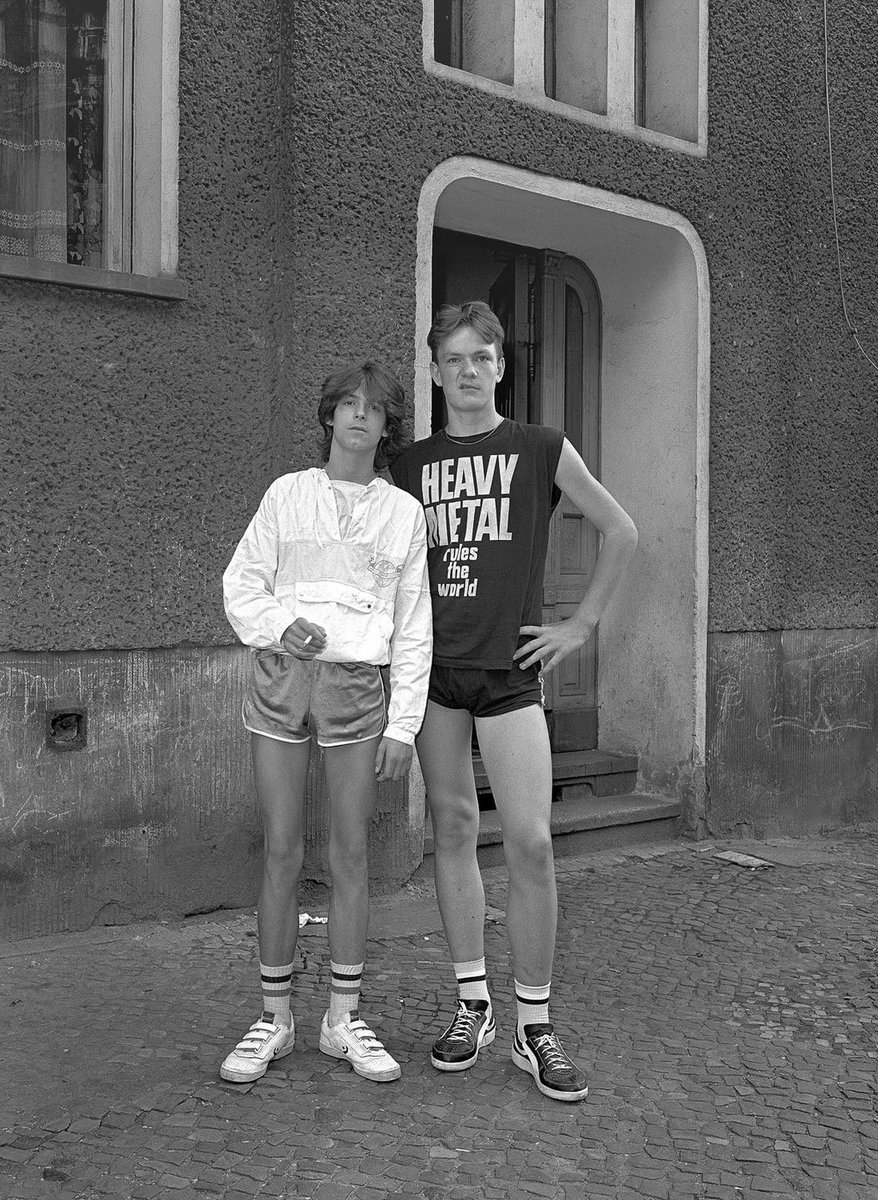
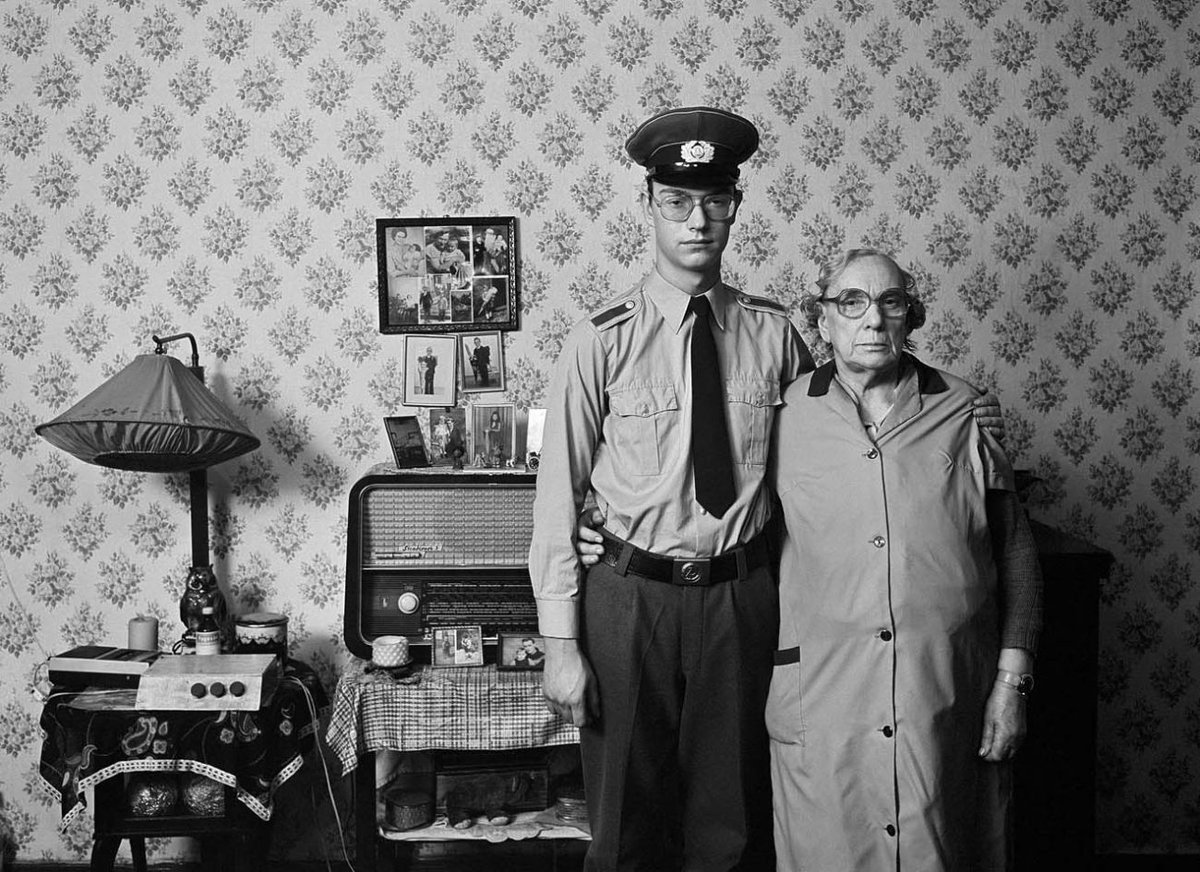
All images from the book 'Hufelandstrasse, 1055 Berlin' by Harf Zimmermann
.
No need to rush online as it's now out of print, well, unless you've got a spare £320
.
No need to rush online as it's now out of print, well, unless you've got a spare £320

• • •
Missing some Tweet in this thread? You can try to
force a refresh











